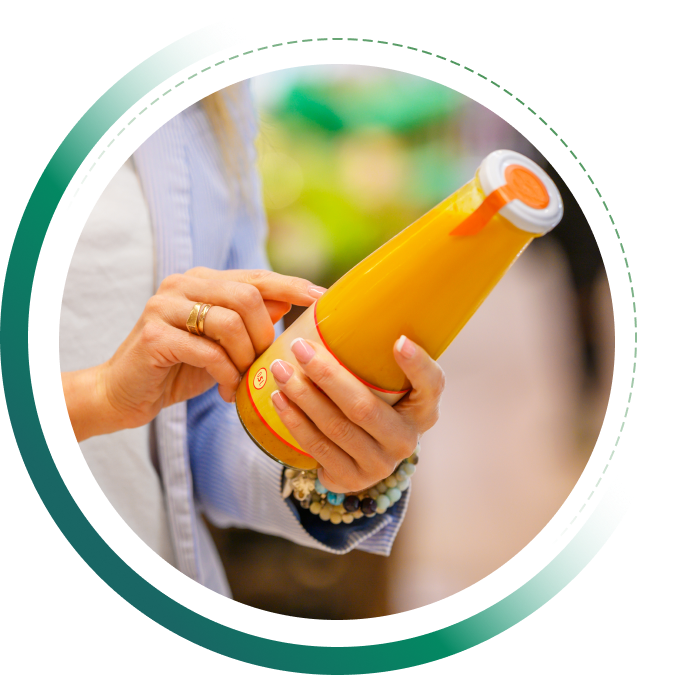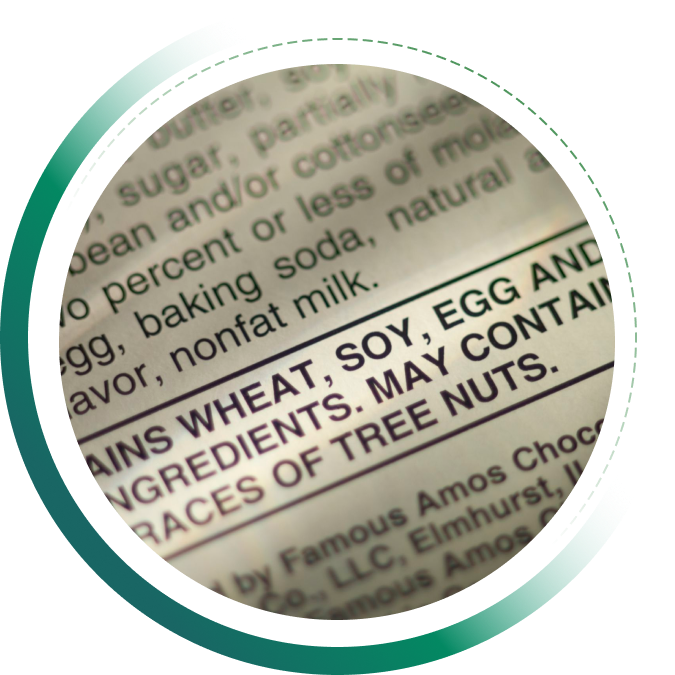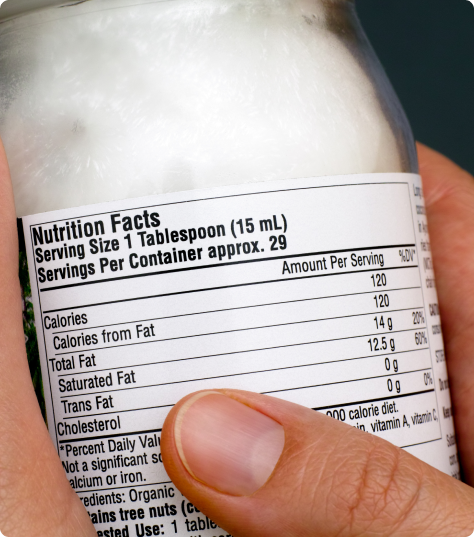Simple Symbols
why we need a guidance system for the things we buy.

After the pandemic hit our world, as a writer my work shrunk a great deal. On one hand, I was getting increasingly worried about my parents, and on the other it was also about survival for myself and my son.
I convinced my parents to move in with me, even though it was an added responsibility. I was now more worried about their health, both mental and physical. We shifted to eating healthier, natural, fresher and of course local.










